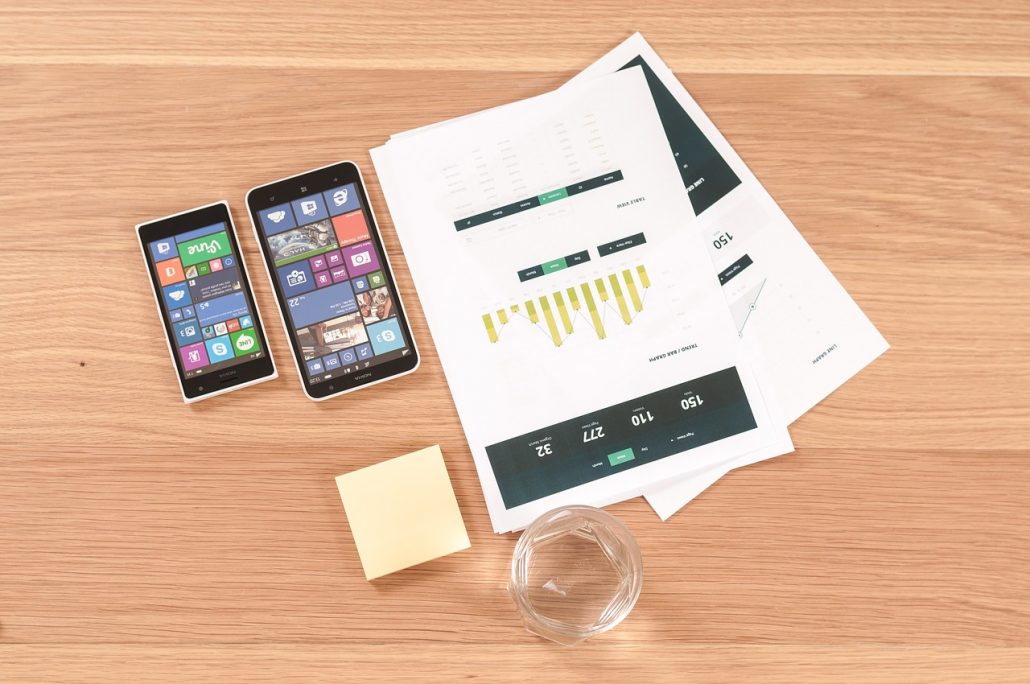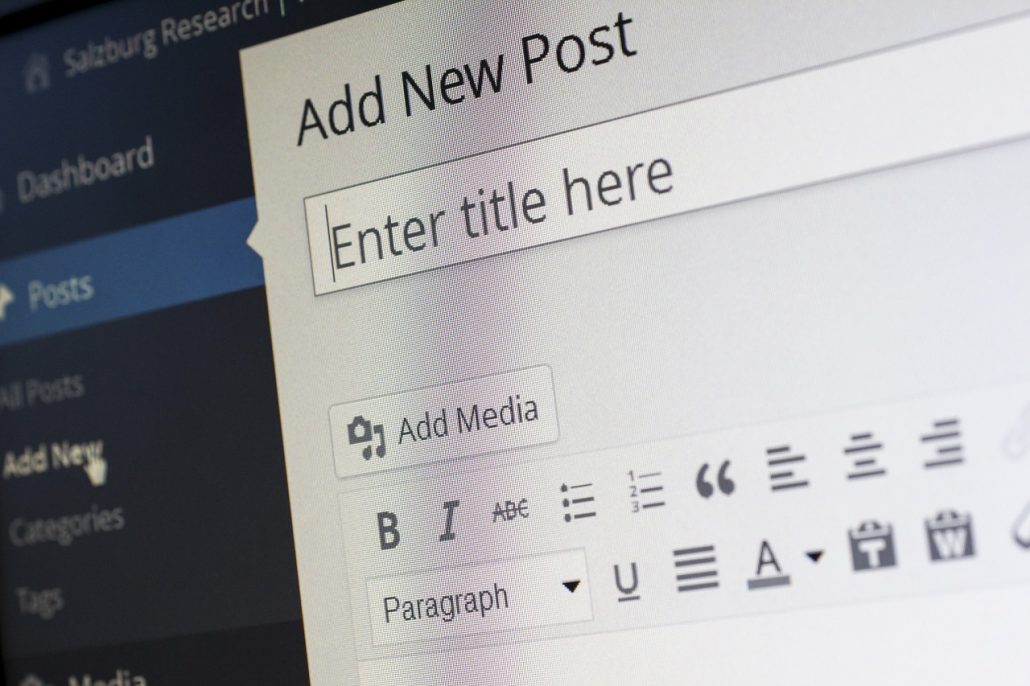Six Questions to Ask Before Creating a Website
There are many people who can design a website nowadays. In fact, even a teenager can do that for you. Before you decide to make a website of your own, you need to establish a plan first. A web design company can easily build one for you, but it is important to ask yourself these questions.
What is the purpose of your website?
In business, there are 3 main types of websites:
- Brochure site – This is an online support to offline marketing. You will mention your website in your printed ads. Because the cost of advertising online is quite inexpensive, you can elaborate your business through a website.
- Lead Generator – This approach can generate business on its own because you want your site to be seen when a person browses the internet. After seeing your site, they can be more drawn to contact you. They be easily converted from a website visitor to a buyer.
- Online Store – This option will make your website a storefront for the probable customers. After they have seen your site and read its content, they could be enticed by your products and click SHOP NOW immediately.The important thing is to identify the purpose of your website and its business model so your time is not wasted.
How will people find your site?
There are billions of websites out there. There’s a huge chance people may not see your site if you don’t strategize well. Your goal is to make money so the website can pay for itself. Whether you make noise online and offline, you need to make your presence felt.
- An online strategy is created by visibility. Here are the important elements:
- Get links to your website
- Search Engine Optimization
- Online advertising
- An offline strategy is built on your offline marketing –networking, advertising, public relations and cold calling. You refer your leads to your website where you have vital information and why they should choose you. This will build credibility.
How do you make visitors stay in your site?
People stay on a site for at least 68 seconds. How many of your widgets can sell in that short period of time?
There is one way to make visitors remain in your site and that is content! Give them things they will never find in any other website.
What would you want guests to do when they are at your site?
For sure, no one is going to buy or call you on the first site visit. But if you are selling a commodity like clothes, sure other websites sells clothes too. The competition is in the price. To establish a relationship, you could use email marketing. Give them a 10% off if they subscribe to your newsletter.
How do you make visitors come back to your site?
Not all browsers will come back. If they stay on your site for only 68 seconds, then that will never generate clients. For them to come back do the following:
Have enough quantity as well as quality of content. This will make people bookmark your website.
You can also try giving special prices or offers to your subscribers to motivate them to come back.
Lastly, constantly update. Make it a habit to add and change the content so visitors will look forward to visit your website again.How are you monitoring results in your website?
To know if your site will work for you, measure your statistics. Your host should be able to give the important numbers like the number of people who visited the website, and the time they browsed the website. You will also know how they found your website, their activity in your website, their location, and web browser. Strategies can easily be made basing from the given data. Once you have a plan, apply them one at a time.











